Music manuscript, [48] ff. (16 x 20.6cm), on laid paper, written in brown ink, mainly on rectos only, containing some 75 pieces in total, 6 staves to the page, ownership inscription 'El. Rose, Kilravock Castle, Decr, 27th 1766', to front free endpaper, bound in contemporary quarter calf, drab paper sides, binding worn and marked, f. [26] with closed tear, a few short closed tears elsewhere Note: A substantial primary source for the history of traditional Scottish music and its most iconic dance, the strathspey, an insight into the music enjoyed by a woman at the heart of the flourishing of Highland culture in the 18th century, and a rare survival from the formative period in which Scottish reels first began to be recorded and published. Belonging to a young Elizabeth Rose, 19th of Kilravock (1747-1815), the manuscript contains some 75 individual pieces, of which ten are identified as strathspeys, three as ‘rants’, and the rest as reels. Around a third of the pieces (27 in total) have titles in Gaelic, which, together with several pieces with generic titles (including seven simply titled ‘A Strathspey Reel’), are inevitably elusive in the published record. Many of the tunes appear in the earliest printed collections of reels and are now well known, such as ‘The Duke of Perths Reell’, and ‘The Fir Tree a Stratchspey [sic] Reell’, both printed in Robert Bremner’s A Collection of Scots Reels or Country Dances (c.1757), ‘Lord Albremarle [sic] his Reell’ (John Johnson A Choice Collection of 200 Favourite Country Dances, 1744-51), and ‘Miss Katy Gordon of Earlstons Reell’ (John Riddell, A Collection of Scots Reels, Minuets etc. for the Violin of c.1766). As the Roses of Kilravock were supporters of the Hanoverian succession, an especially interesting inclusion is ‘The Sows Teal to Gordie a Reell’, a lampoon of Sophia Charlotte von Kielmansegg, half-sister and reputed mistress of George I; James Hogg included the words in his Jacobite Relics of 1819. The manuscript pre-dates Angus Cumming’s A Collection of Strathspey, or Old Highland Reels (1780), ‘the earliest collection of strathspeys by a native of the area’ (Lamb, p. 73), and coincides with the gradual formalisation of the strathspey during the 18th century: ‘The earliest written tune in strathspey rhythm is 'Macpherson's Testament', in the 1710 Sinkler manuscript [now at the National Library of Scotland]. Although the snap is missing from the original notation … it would have been present in performances of the tune. The Menzies manuscript of 1749 [now at the A. K. Bell Library in Perth], which describes a set of dance figures, gives us the first mention of the word 'strathspey' in connection with a specific type of music or dance: two selections are described as 'strathspey reels'. The first compositions clearly exhibiting both snaps and dots, and called 'strathspeys', are two items in [James Oswald’s] The Caledonian Pocket Companion [12 vols, 1743-59] … named 'A New Strathspey Reel'. Finally, Bremner's 1757 collection gives us the first anonymous tunes described as strathspeys, such as “Let's to the Ard" (Lamb, pp. 67-8) The manuscript is not apparently in Elizabeth’s hand and may have been presented to her by a music tutor or other acquaintance, perhaps the Duncan Campbell to whom five reels are attributed, including ‘Miss Roses Reel by Duncan Campbell’, written in A major using AEAE scordatura; a violin re-tuned in this manner produces greater resonance in the key of A, in which the bagpipes (banned under the 1746 Act of Proscription) are conventionally notated. Another insight into contemporary performance is provided by ‘Jennie Jo a Reell’, which includes the direction to ‘Touch ye violin with the bow 4 times’, with a drawing of a violin indicating the points to be struck. The National Library of Scotland holds a set of four part-books from Kilravock preserving otherwise unknown chamber music by Thomas Erskine, Earl of Kellie (Acc.10303), together with three further volume
Music manuscript, [48] ff. (16 x 20.6cm), on laid paper, written in brown ink, mainly on rectos only, containing some 75 pieces in total, 6 staves to the page, ownership inscription 'El. Rose, Kilravock Castle, Decr, 27th 1766', to front free endpaper, bound in contemporary quarter calf, drab paper sides, binding worn and marked, f. [26] with closed tear, a few short closed tears elsewhere Note: A substantial primary source for the history of traditional Scottish music and its most iconic dance, the strathspey, an insight into the music enjoyed by a woman at the heart of the flourishing of Highland culture in the 18th century, and a rare survival from the formative period in which Scottish reels first began to be recorded and published. Belonging to a young Elizabeth Rose, 19th of Kilravock (1747-1815), the manuscript contains some 75 individual pieces, of which ten are identified as strathspeys, three as ‘rants’, and the rest as reels. Around a third of the pieces (27 in total) have titles in Gaelic, which, together with several pieces with generic titles (including seven simply titled ‘A Strathspey Reel’), are inevitably elusive in the published record. Many of the tunes appear in the earliest printed collections of reels and are now well known, such as ‘The Duke of Perths Reell’, and ‘The Fir Tree a Stratchspey [sic] Reell’, both printed in Robert Bremner’s A Collection of Scots Reels or Country Dances (c.1757), ‘Lord Albremarle [sic] his Reell’ (John Johnson A Choice Collection of 200 Favourite Country Dances, 1744-51), and ‘Miss Katy Gordon of Earlstons Reell’ (John Riddell, A Collection of Scots Reels, Minuets etc. for the Violin of c.1766). As the Roses of Kilravock were supporters of the Hanoverian succession, an especially interesting inclusion is ‘The Sows Teal to Gordie a Reell’, a lampoon of Sophia Charlotte von Kielmansegg, half-sister and reputed mistress of George I; James Hogg included the words in his Jacobite Relics of 1819. The manuscript pre-dates Angus Cumming’s A Collection of Strathspey, or Old Highland Reels (1780), ‘the earliest collection of strathspeys by a native of the area’ (Lamb, p. 73), and coincides with the gradual formalisation of the strathspey during the 18th century: ‘The earliest written tune in strathspey rhythm is 'Macpherson's Testament', in the 1710 Sinkler manuscript [now at the National Library of Scotland]. Although the snap is missing from the original notation … it would have been present in performances of the tune. The Menzies manuscript of 1749 [now at the A. K. Bell Library in Perth], which describes a set of dance figures, gives us the first mention of the word 'strathspey' in connection with a specific type of music or dance: two selections are described as 'strathspey reels'. The first compositions clearly exhibiting both snaps and dots, and called 'strathspeys', are two items in [James Oswald’s] The Caledonian Pocket Companion [12 vols, 1743-59] … named 'A New Strathspey Reel'. Finally, Bremner's 1757 collection gives us the first anonymous tunes described as strathspeys, such as “Let's to the Ard" (Lamb, pp. 67-8) The manuscript is not apparently in Elizabeth’s hand and may have been presented to her by a music tutor or other acquaintance, perhaps the Duncan Campbell to whom five reels are attributed, including ‘Miss Roses Reel by Duncan Campbell’, written in A major using AEAE scordatura; a violin re-tuned in this manner produces greater resonance in the key of A, in which the bagpipes (banned under the 1746 Act of Proscription) are conventionally notated. Another insight into contemporary performance is provided by ‘Jennie Jo a Reell’, which includes the direction to ‘Touch ye violin with the bow 4 times’, with a drawing of a violin indicating the points to be struck. The National Library of Scotland holds a set of four part-books from Kilravock preserving otherwise unknown chamber music by Thomas Erskine, Earl of Kellie (Acc.10303), together with three further volume
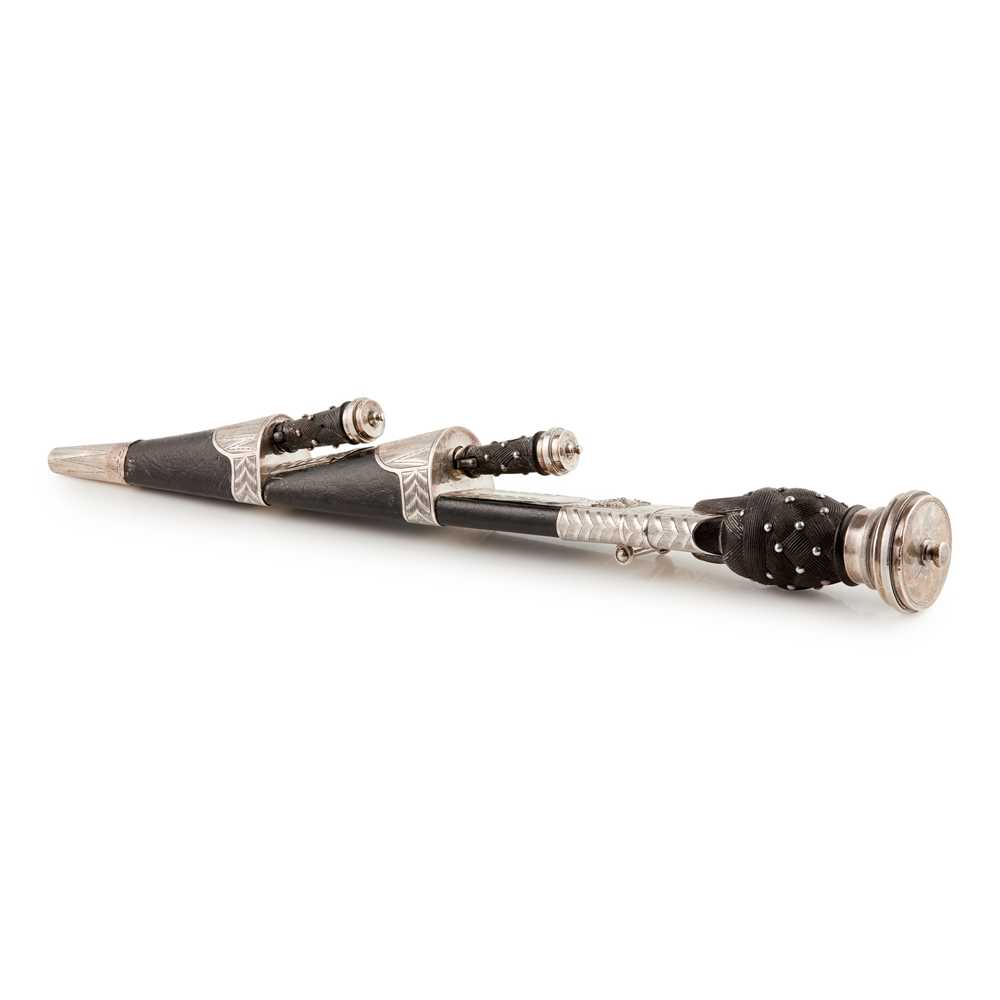


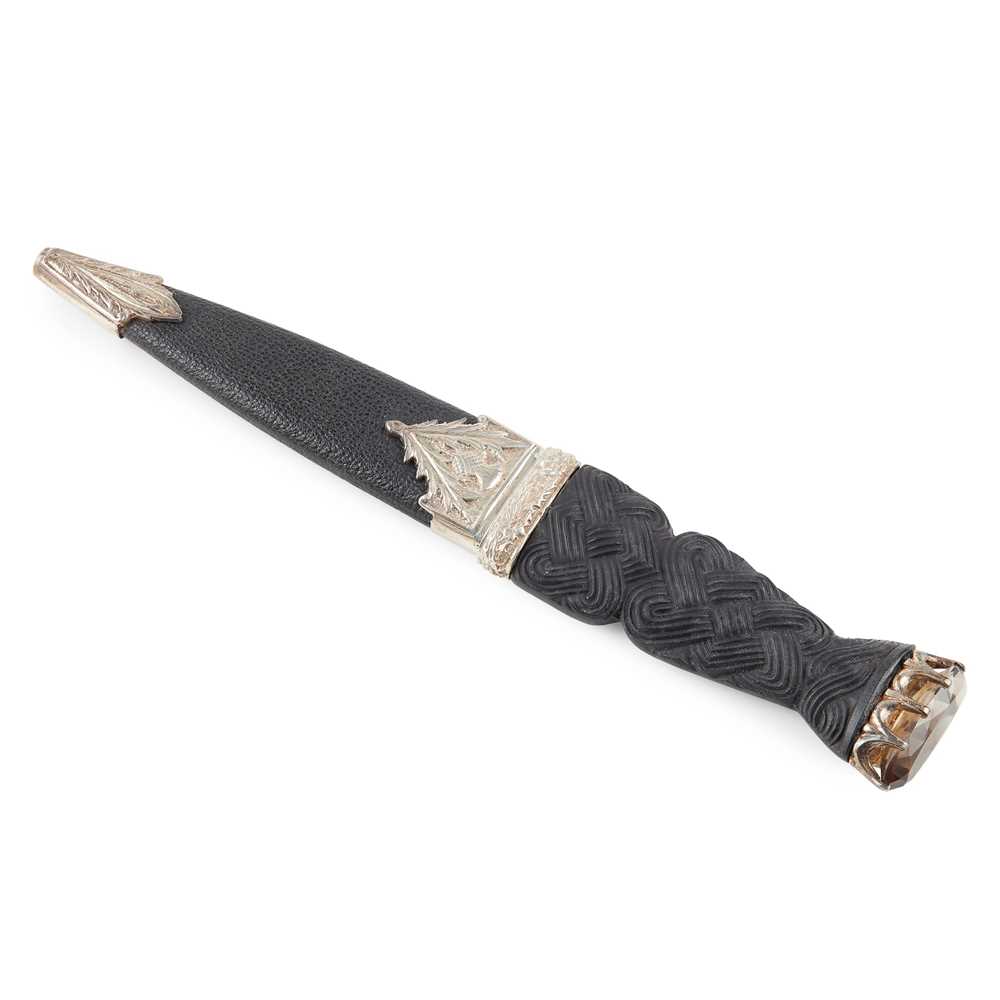
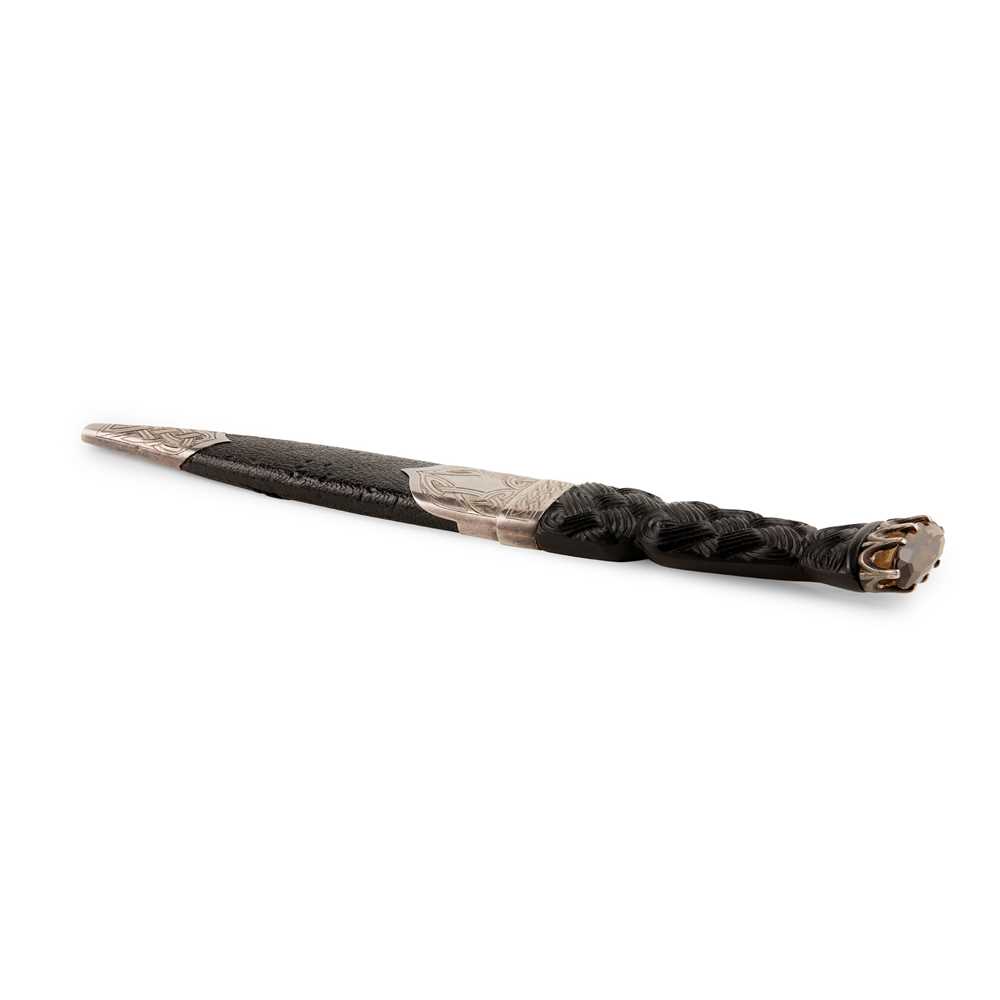
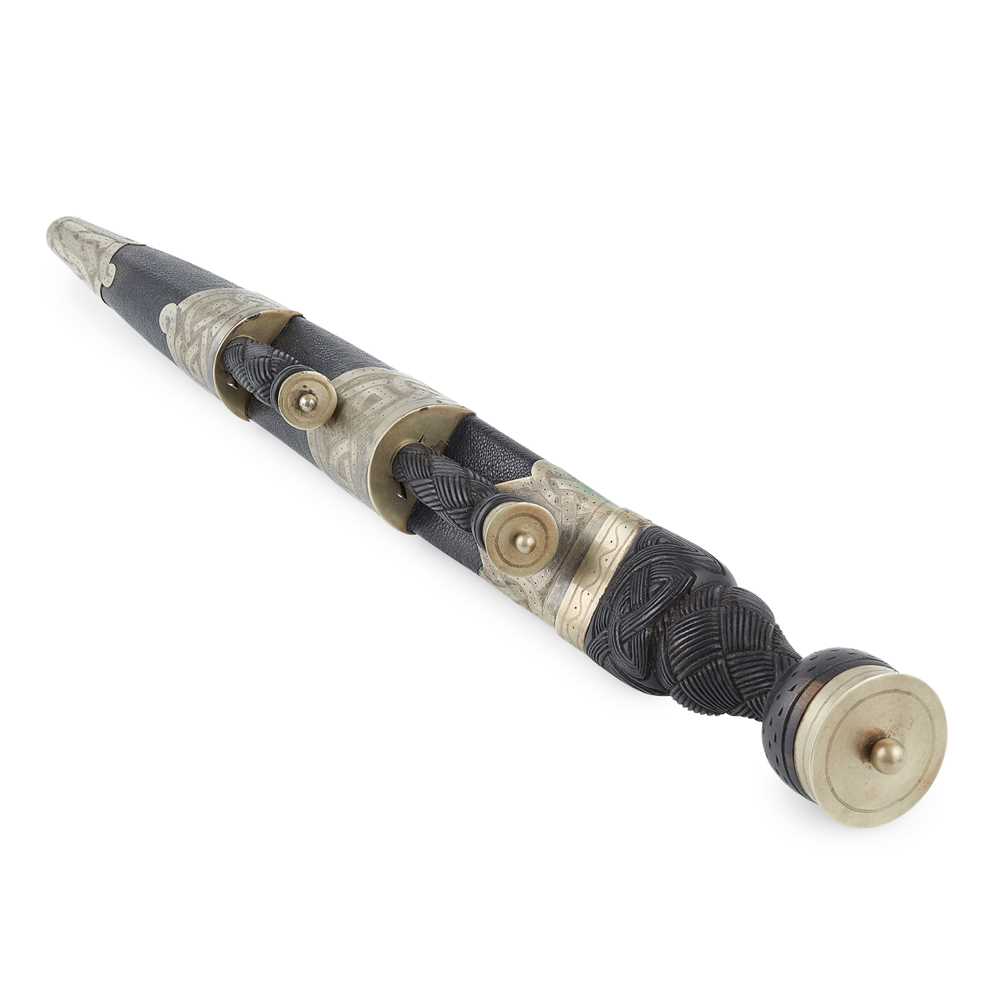
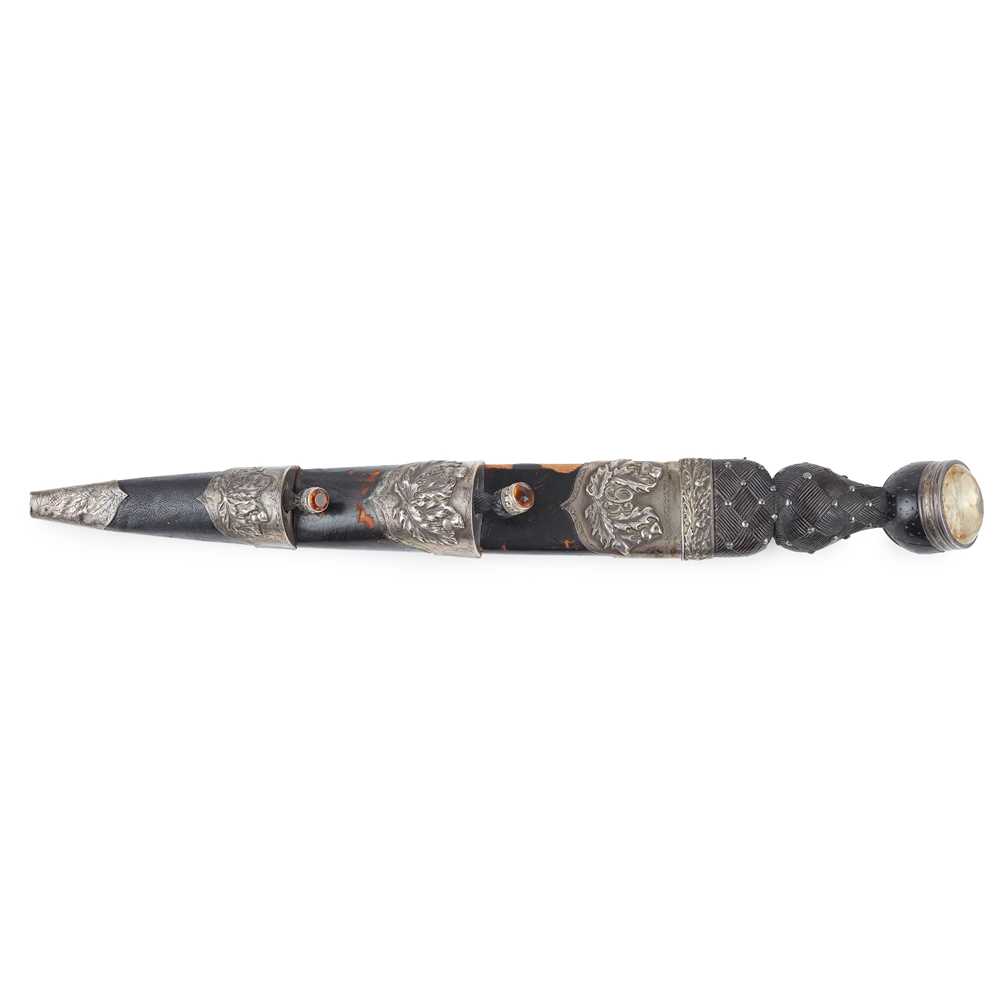

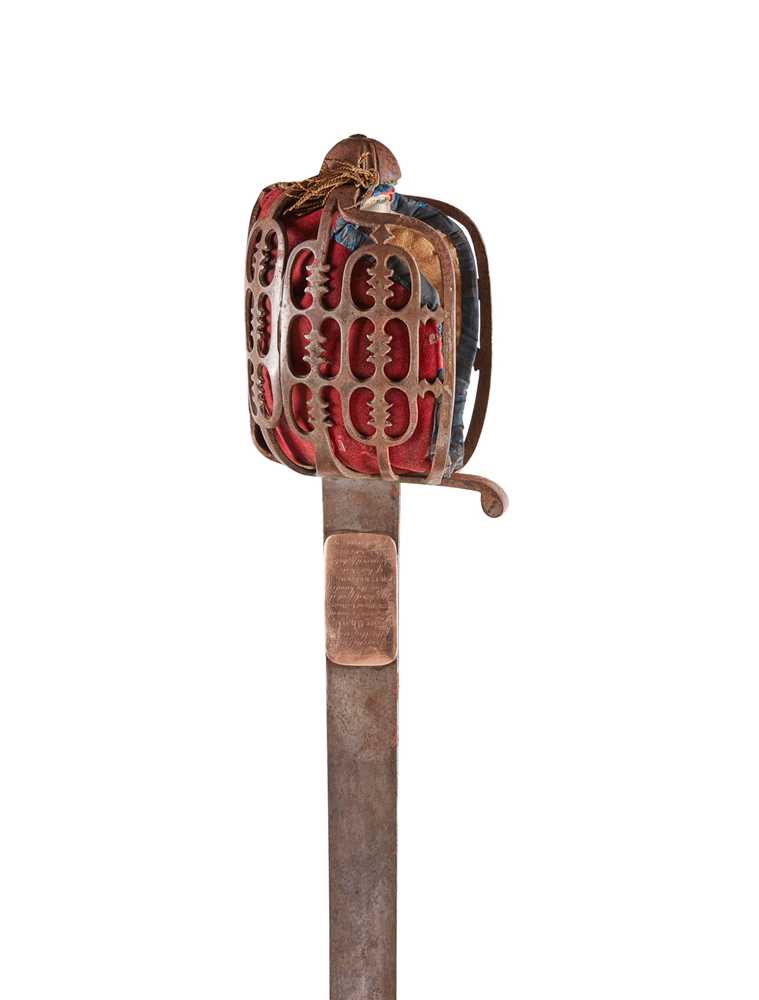
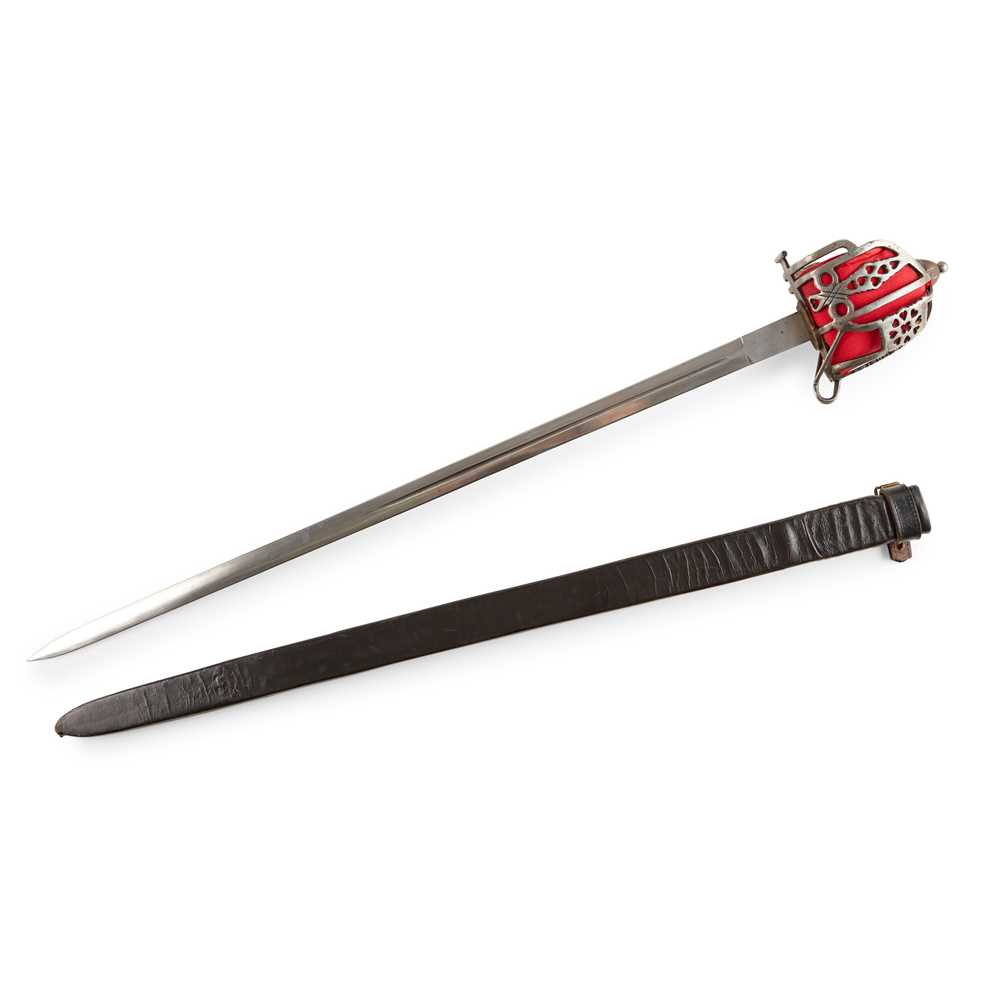

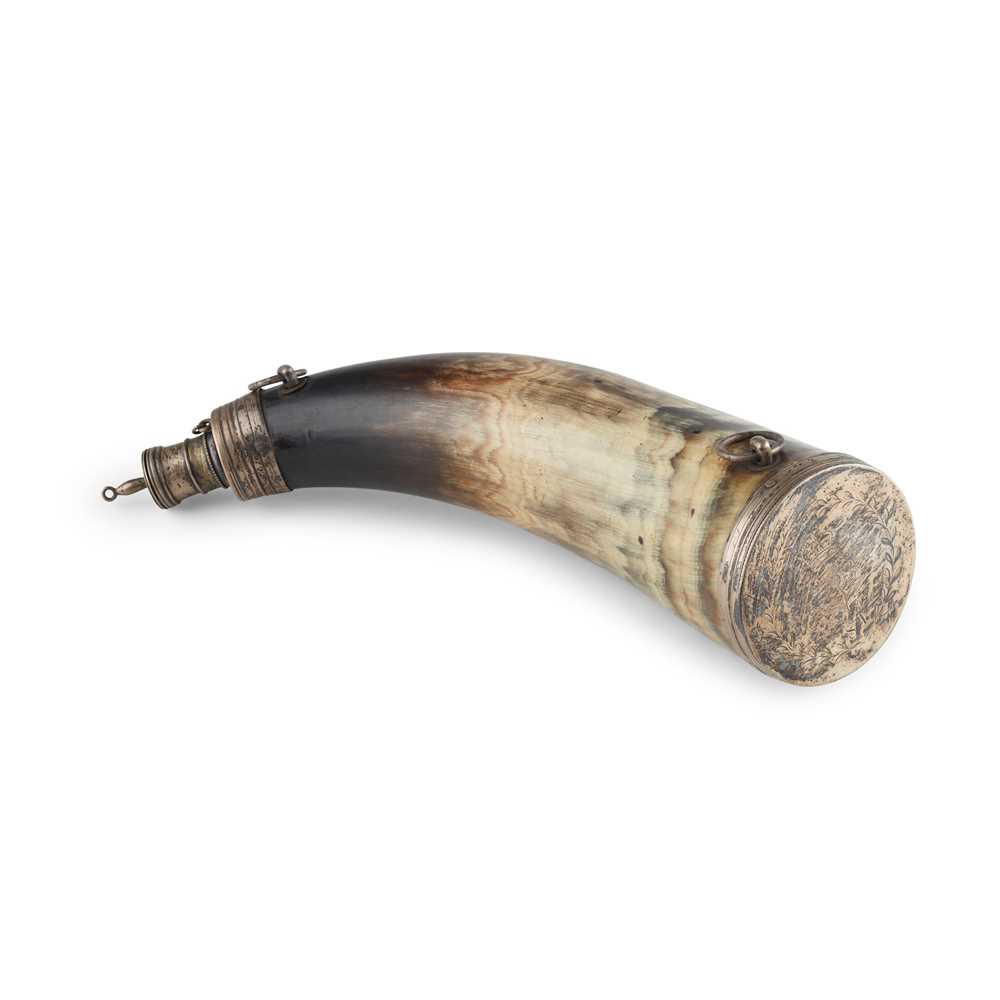

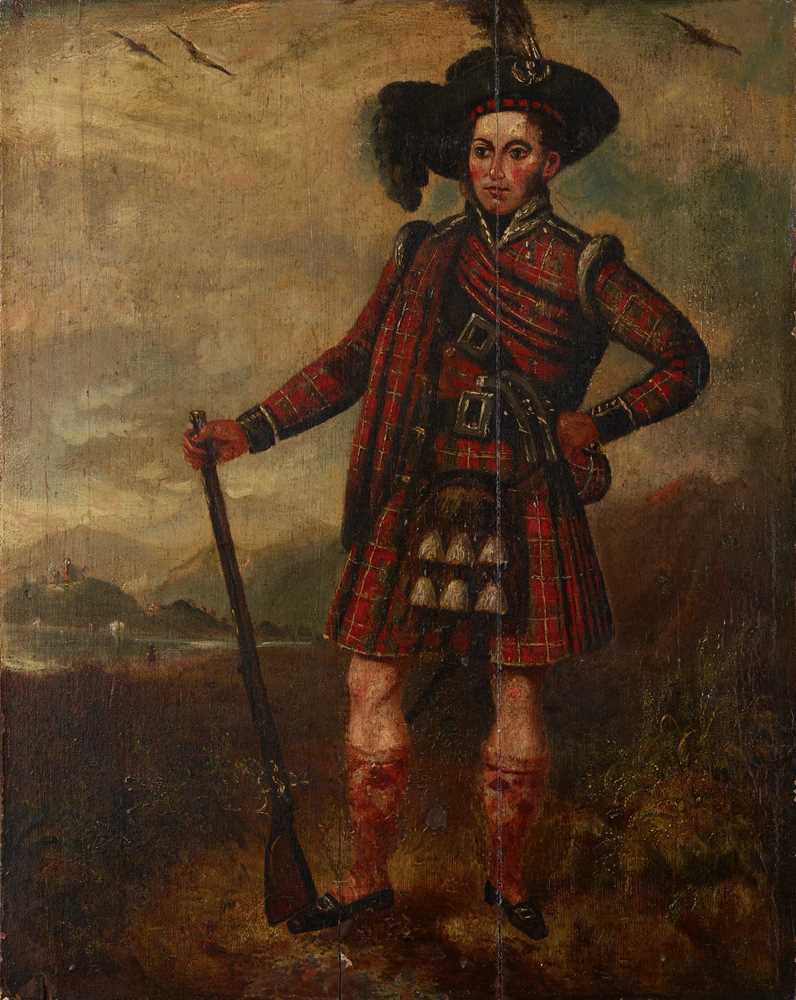

Try LotSearch and its premium features for 7 days - without any costs!
Be notified automatically about new items in upcoming auctions.
Create an alert